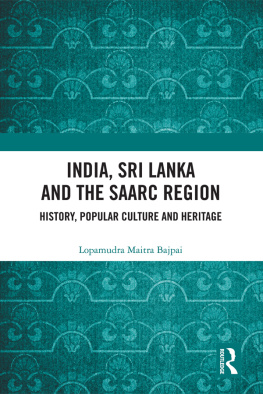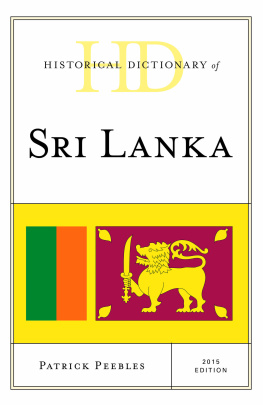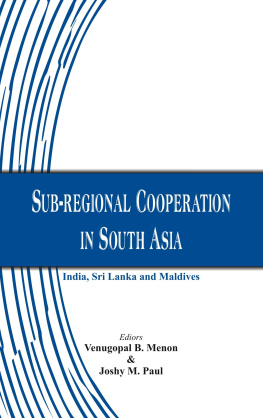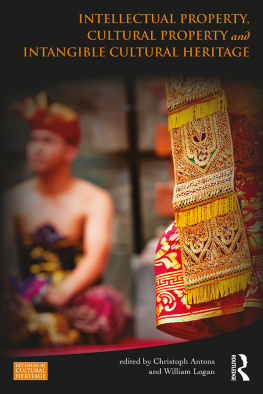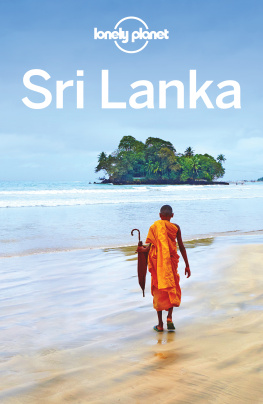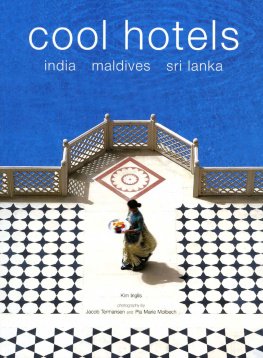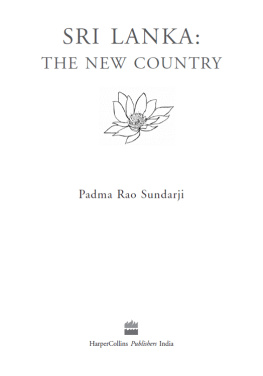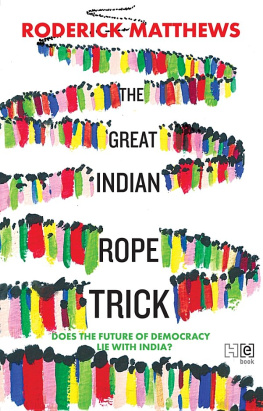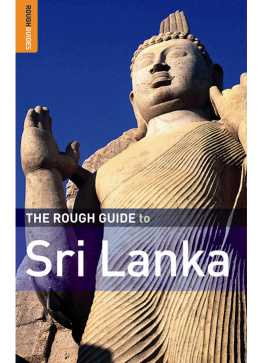INDIA, SRI LANKA AND THE SAARC REGION
This book examines the historical and socio-cultural connections across the SAARC region, with a special focus on the relationship between India and Sri Lanka. It investigates hitherto unexplored narratives of history, popular culture and intangible heritage in the region to identify the cultural parallels and intersections that link them together. In doing so, the volume moves away from an organised and authorised heritage discourse and encourages possibilities of new understandings and re-interpretations of cross-cultural communication and its subtexts.
Based on original ethnographic work, the book discusses themes such as cultural ties between India and Sri Lanka, exchanges between Arthur C. Clarke in Sri Lanka and Satyajit Ray in India, cultural connectivity reflected through mythology and folklore, the influence of Rabindranath Tagore on modern dance in Sri Lanka, the introduction of railways in Sri Lanka, narrative scrolls and masked dance forms across SAARC countries, Hindi cinema as the pioneer of cultural connectivity and womens writing across South Asia.
Lucid and compelling, this book will be useful for scholars and researchers of cultural studies, South Asian studies, cultural anthropology, sociology, popular culture, cross-cultural communication, gender studies, political sociology, cultural history, diplomacy, international relations and heritage studies. It will also appeal to readers interested in the linkages between India and Sri Lanka.
Lopamudra Maitra Bajpai is a visual anthropologist, author and international columnist. Her work focuses on the history, popular culture and intangible cultural heritage (ICH) of India and South Asia. She was recently deputed as Culture Specialist (Research) at the SAARC Cultural Centre, Colombo, Sri Lanka, and has also been Research Grant Fellow at the Indian High Commission, Sri Lanka. A former assistant professor from Symbiosis International University, Pune, India, she continues to teach at universities in India and abroad. She has represented India at various international conferences, especially concerning ICH. Her latest book, Stories of the Colonial Architecture: Kolkata-Colombo, was released at the Kolkata International Book Fair, 2019.
First published 2021
by Routledge
2 Park Square, Milton Park, Abingdon, Oxon OX14 4RN
and by Routledge
52 Vanderbilt Avenue, New York, NY 10017
Routledge is an imprint of the Taylor & Francis Group, an informa business
2021 Lopamudra Maitra Bajpai
The right of Lopamudra Maitra Bajpai to be identified as author of this work has been asserted by her in accordance with sections 77 and 78 of the Copyright, Designs and Patents Act 1988.
All rights reserved. No part of this book may be reprinted or reproduced or utilised in any form or by any electronic, mechanical, or other means, now known or hereafter invented, including photocopying and recording, or in any information storage or retrieval system, without permission in writing from the publishers.
Trademark notice: Product or corporate names may be trademarks or registered trademarks, and are used only for identification and explanation without intent to infringe.
British Library Cataloguing-in-Publication Data
A catalogue record for this book is available from the British Library
Library of Congress Cataloging-in-Publication Data
A catalog record has been requested for this book
Library of Congress Cataloging-in-Publication Data
Names: Bajpai, Lopamudra Maitra, author.
Title: India, Sri Lanka and the SAARC region : history, popular
culture and heritage / Lopamudra Maitra Bajpai.
Description: 1 Edition. | New York : Taylor & Francis Group, 2020. |
Includes bibliographical references and index.
Identifiers: LCCN 2020021685 (print) | LCCN 2020021686 (ebook)
Subjects: LCSH: IndiaRelationsSri LankaHistory. |
Sri LankaRelationsIndiaHistory.
Classification: LCC DS450.S72 B36 2020 (print) | LCC DS450.S72
(ebook) | DDC 303.48/25405493dc23
LC record available at https://lccn.loc.gov/2020021685
LC ebook record available at https://lccn.loc.gov/2020021686
ISBN: 978-0-367-33551-9 (hbk)
ISBN: 978-0-429-32051-4 (ebk)
Typeset in Sabon
by Apex CoVantage, LLC
FOR AISHANI
AS THE DISCUSSIONS CONTINUE
CONTENTS
by Jawhar Sircar
PART I
Lesser-known aspects of earliest economic ties across the Indian subcontinent
PART II
Stories of uncharted routes of communication through history and popular culture across the SAARC region
PART III
Correspondence across intangible cultural heritage: India, Sri Lanka and the SAARC region
PART IV
Popular culture ties: India, Sri Lanka and the SAARC region across the last century
Guide
I must compliment the author and the publisher for coming up with this very interesting publication that will interest readers wishing to learn more about the soul of these two neighbouring countries that were linked by geography, geology, history and God. Both of these nations that are so physically close to each other, however, tend to take each other for granted and do not stretch themselves to understand the subtle nuances of each others cultural expressions. They assume that they are just variations of each other or are too similar just because they appear so close in terms of physical and cultural anthropological indices but this position is not always right, as cultures bloom in different lightly tinted colours. Then there is the additional problem of comparing a smaller, compact and more homogenous country like Sri Lanka with a vast subcontinent like India that has myriad geographical variations, physical formations and flora and fauna. Frankly, several similarities abound when we compare the southern end of the Indian peninsula with Sri Lanka, as the agro-climatic zones are so similar, and obviously the culture of distant places in India, like dry, hot Rajasthan and/or cold, freezing Ladakh cannot be brought within the pale of comparison. Culture, after all, is the sum total of mans response to his environment in physical and social terms and is basically his formula for surviving and prospering within his given circumstances.
But subjects like culture and heritage cover such large areas and are so multifaceted that it is impossible to compare and contrast two monoliths, as that ends up as a superficial and mechanical exercise. Instead, the method adopted by Lopamudra Maitra Bajpai of comparing small facets of the cultures of the two countries is more meaningful. She deals with cultural expressions and symbols as they appear in the cultural mosaic of Sri Lanka, where she has served in the SAARC Cultural Centre in Colombo as a culture specialist. While someone else in her position, working within a governmental setup, could have spent her time writing bland, officious reports and earning her salary, Lopamudra took the trouble to go into the interior, mix with common people, observe their traditions and rituals quite discreetly and ask questions that would help her understand them better. She is a professionally qualified anthropologist and social historian, trained and tested in the methodology of field investigation, but she took care not to present her views with too much technical jargon. I found her narration very readable and thought provoking. It helps us understand our neighbour better as we come to know specific aspects of their culture and world-view based primarily on Theravada Buddhist philosophy and mandates. She has laid due emphasis on oral traditions and on the sense of identity that governs their behaviour vis--vis distinct cycles and circumstances. Storytelling is surely one of the most powerful modes of retaining and transmitting culture, and Lopamudra dives into this world to understand the various layers of cultural contexts.

